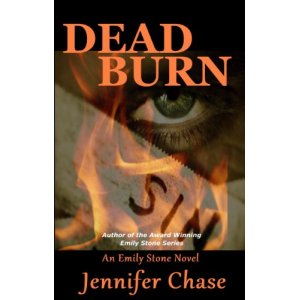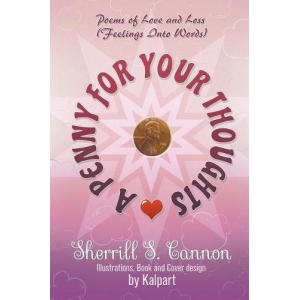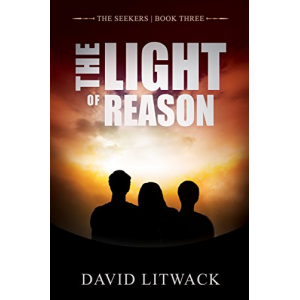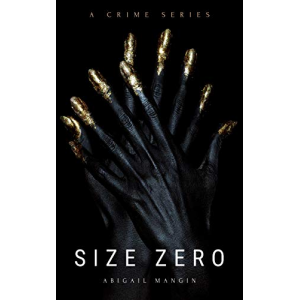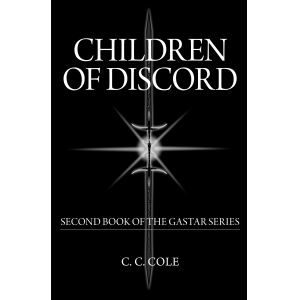- Author
- Book
- Story behind the book
- Media Links
- Reviews

Robert Pajer
About
Robert J. Pajer was born in Yonkers, New York. He has been a correspondent for Mini-World Magazine written in English for Japanese readers, and has written articles for American magazines that dealt with religious topics in American culture. A Handful of Dust is his first novel. He spent over 10 years researching the book while working a full-time job. A Handful of Dust is an incredible journey through the streets of 1930 depression-stricken New York City.
"People are again experiencing some of the difficulties our parents and grandparents went through during the thirties," Pajer said. "The past two years have been a humbling time financially for many people and identifying with the past can help us understand this isn't a new situation historically, others have gone through it and survived. My desire is that "A Handful of Dust" will not only entertain, but also remind us the most important things in life are family and relationships.
Mr. Pajer lives in Yonkers, New York is married and he and his wife have two daughters.
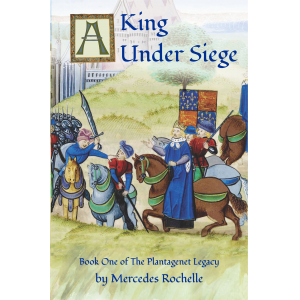
A King Under Siege
Description
<p><span style="color:rgb(15,17,17);font-family:'Amazon Ember', Arial, sans-serif;font-size:14px;">Richard II found himself under siege not once, but twice in his minority. Crowned king at age ten, he was only fourteen when the Peasants' Revolt terrorized London. But he proved himself every bit the Plantagenet successor, facing Wat Tyler and the rebels when all seemed lost. Alas, his triumph was short-lived, and for the next ten years he struggled to assert himself against his uncles and increasingly hostile nobles. Just like in the days of his great-grandfather Edward II, vengeful magnates strove to separate him from his friends and advisors, and even threatened to depose him if he refused to do their bidding. The Lords Appellant, as they came to be known, purged the royal household with the help of the Merciless Parliament. They murdered his closest allies, leaving the King alone and defenseless. He would never forget his humiliation at the hands of his subjects. Richard's inability to protect his adherents would haunt him for the rest of his life, and he vowed that next time, retribution would be his.</span><br /><span class="a-text-bold" style="color:rgb(15,17,17);font-family:'Amazon Ember', Arial, sans-serif;font-size:14px;font-weight:700;">B.R.A.G. Medallion honoree!</span></p>
Story Behind The Book
Handful of Dust took eleven years to complete. There was an enormous amount of research involved because the novel takes place in the 21st Century and in 1930. It revolves around the strange disappearance of Judge Joseph Crater on August 6, 1930 and the corruption of New York City's Tammany Hall run government. While researching the book I was at 1 Police Plaza in Manhattan and viewing the Crater files. I had access to the files because of the wonderful Freedom of Information Act and one veteran detective standing in his office door frame said to his partner, in a low voice as I walked by, "I can't stand that new law. You never had civilians down here in our file rooms. Nothing is sacred anymore." I smiled at him and he rolled his eyes and walked back into his office. I've been thanking the legislators who passed the FOIA bill ever since.
Media Links
Reviews
Robert Pajer's 'A Handful of Dust' is a great read--a gripping and historically accurate tour of New York in 1930 and the events surrounding the disappearance of Judge Joseph Crater. Anyone interested in the period should find it fascinating, as I did."--Richard J. Tofel, author, Vanishing Point: The Disappearance of Judge Crater, and the New York He Left Behind.<br /><br /><span style="font-size:12pt;font-family:'Times New Roman';"> The single most amazing thing about Robert Pajer’s fast-paced, hugely enjoyable novel <em>A Handful of Dust </em>is the no-nonsense, whirlwind way he gets down to the business of his plot. That plot is, as we used to say, a hum-dinger: a rogue U.S. naval officer has used experimental technology to leap backwards in time, intent on stalking and killing Governor Franklin Delano Roosevelt before he becomes president—and straight-shooting (we hope) FBI agent Matt Wells has been ordered to go back in time himself to kill the would-be assassin and preserve the timeline we all know and love.<br /> Most authors, facing such a corker of a premise, would bolt the thing out of the starting gate by spending too much time on the how of time travel (Michael Crichton’s <em>Timeline</em> makes this mistake for about 200 interminable pages). Pajer dispenses with this in basically one paragraph and a bit of dialogue—the explanation’s just as convincing as it needs to be in order to get us to the main meat of his plot: FDR, the past, the plot. <span style="font-size:12pt;font-family:'Times New Roman';"> That plot is wonderfully, almost dementedly, explosive. <br /></span>Steve Donoghue, Historical Book Society<br /><br /></span>
